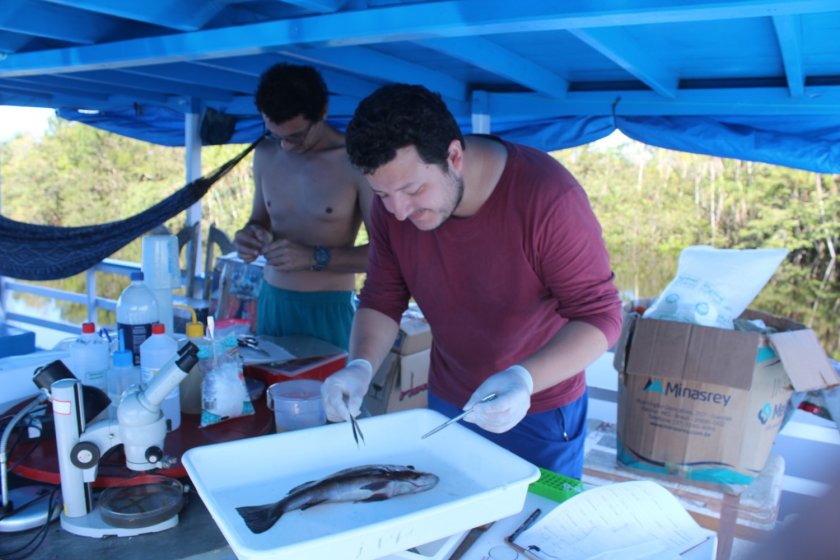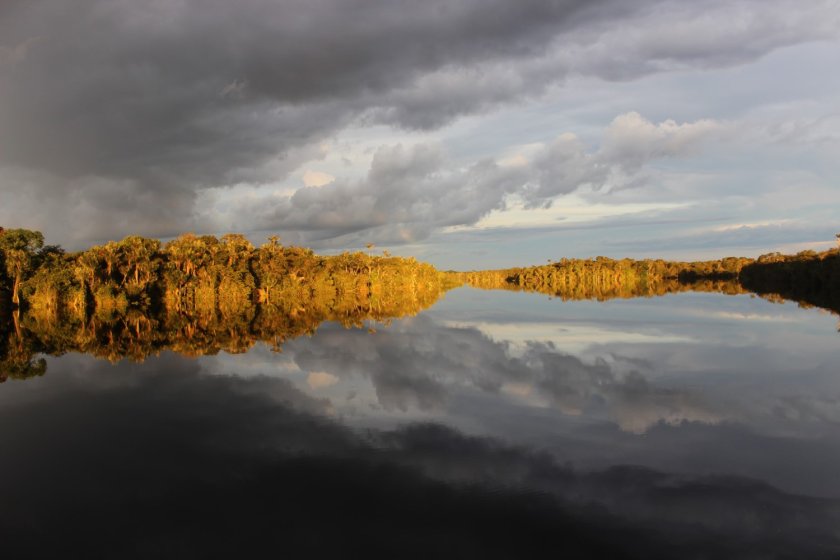
Project
The environmental sensitivity of plant and animal populations
My research activities have included studies in tropical, temperate and arctic regions, and involved trees and fishes. Across these biomes and organisms, my focus has been on the relationships between environmental conditions and the vital rates of an organism, such as growth and recruitment. One of the main questions that intrigues me, is how the environmental sensitivity of such vital rates drive temporal change in populations.
Description
The importance of research on temporal variability in the abundance of plants and animals is ever mounting. Human activities, such as harvesting and habitat destruction, as well as climate change, currently impose major challenges on populations and communities. Yet our understanding of how climatic variability and changed habitat conditions translate into altered patterns of abundance is often very basic. Furthermore, disentangling the effects of human activity from demographic and environmental stochasticity as drivers of population changes continues to present a major challenge. The goal of my research is to understand the drivers of temporal fluctuations in plant and animal abundance, to the level it can be used to predict the responses of species to global change.
A particular (geographical) area of focus are Amazonian floodplains, which are amongst the most biologically diverse habitats on earth and that provide ecosystem services on which millions of people depend. Yet, floodplain ecosystems in the Amazon basin face a multitude of threats, including increasing land-use intensity, ongoing climate change, and the continued development of hydropower production. I hope my work will contribute to the design conservation efforts and landscape management that supports both human well-being and biodiversity.
Publications
- van der Sleen, P., P. Groenendijk, M. Vlam, N. P. R. Anten, A. Boom, F. Bongers, T. L. Pons, G. Terburg, and P. A. Zuidema. 2015. No growth stimulation of tropical trees by 150 years of CO2 fertilization but water-use efficiency increased. Nature Geoscience 8:24-28
- van der Sleen, P., and J. S. Albert. 2017. Field guide to the fishes of the Amazon, Orinoco and Guianas. Princeton University Press, Princeton, USA
- van der Sleen, P., P. A. Zuidema, J. Morrongiello, J. L. J. Ong, R. R. Rykaczewski, W. J. Sydeman, E. di Lorenzo, and B. A. Black. 2021. Interannual temperature variability as a dominant component of low-frequency fluctuations in marine fish populations. Nature Communications Biology 5:1-8
- Lugo Carvajal, A., M. Holmgren, J. Zuanon, and P. van der Sleen. 2023. Fish on Fire: Shifts in Amazonian fish communities after floodplain forest fires. Journal of Applied Ecology 60:1637–1646
- van der Sleen, P., and M. Rams. 2023. Flood pulses and fish species coexistence in tropical rivers - a theoretical food web model. Environmental Biology of Fishes 106:1785-1796


